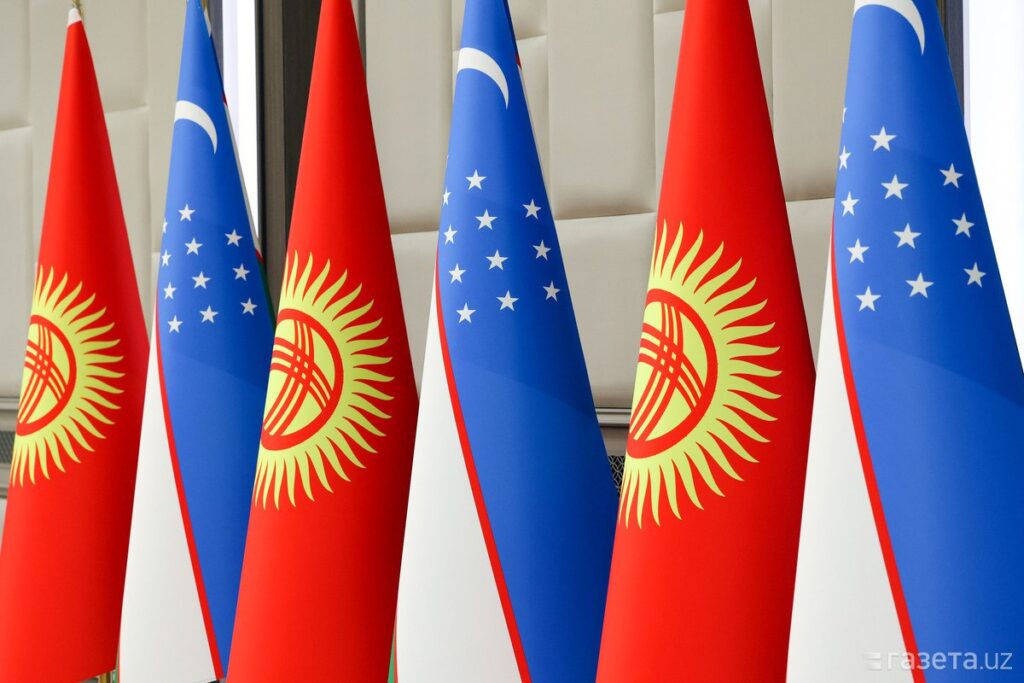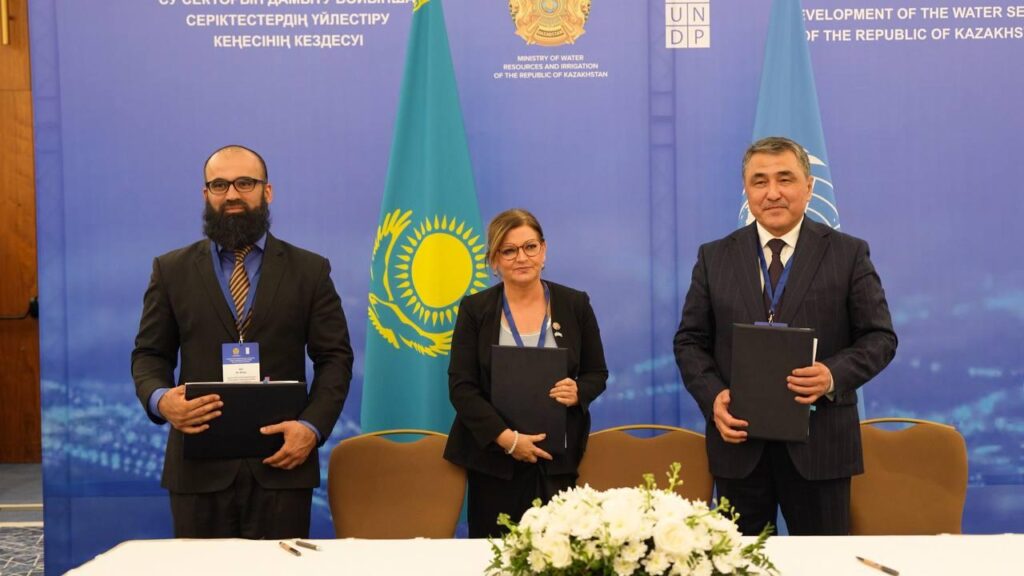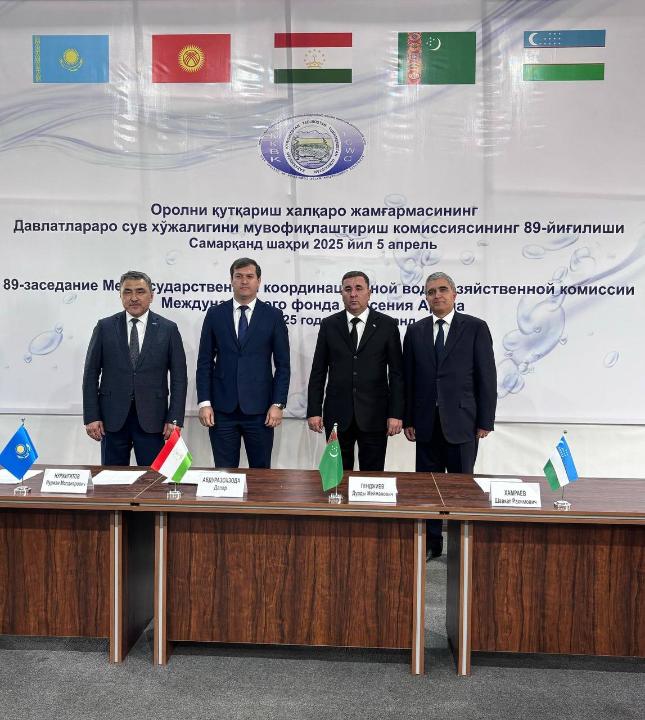Underground Tunnel Proposed to Channel Water from Black Sea to Caspian Sea
Azerbaijan’s ADOG company, in partnership with Zira Sea Port, has proposed an ambitious plan to construct an underground tunnel linking the Black Sea to the Caspian Sea. The goal is to counteract the rapid decline in the Caspian’s water level, which presents mounting environmental, economic, and infrastructural risks for the five littoral states. According to the analytical portal Minval Politika, the project envisions a 10-meter diameter tunnel connecting the Black Sea, either from the Georgian or Russian coastline, to the Caspian Sea. Engineers propose using the natural elevation difference between the two bodies of water to enable gravity-fed flow from the Black Sea into the Caspian, eliminating the need for pumps. ADOG has stated that the proposed project would undergo comprehensive environmental monitoring and include measures to preserve biodiversity in both marine ecosystems. The company has expressed readiness to begin a feasibility study and initiate the mobilization of necessary resources. Project proponents have submitted a request for the initiative to be considered at the state level and are calling for the launch of preliminary intergovernmental consultations. The urgency behind the proposal is grounded in alarming recent data. As previously reported by The Times of Central Asia, the Caspian Sea has been shrinking at a faster-than-expected rate. Environmental group Save The Caspian Sea reports that the sea level has dropped by two meters in the past 18 years, with projections warning of a further decline of up to 18 meters by 2100 if current trends continue. Such a drop could have catastrophic consequences for regional biodiversity, fisheries, port infrastructure, and climate stability, evoking fears of an ecological disaster akin to the desiccation of the Aral Sea. While the proposed tunnel remains at a conceptual stage, its geopolitical and environmental implications will likely generate serious debate among the Caspian littoral states: Azerbaijan, Iran, Kazakhstan, Russia, and Turkmenistan.






